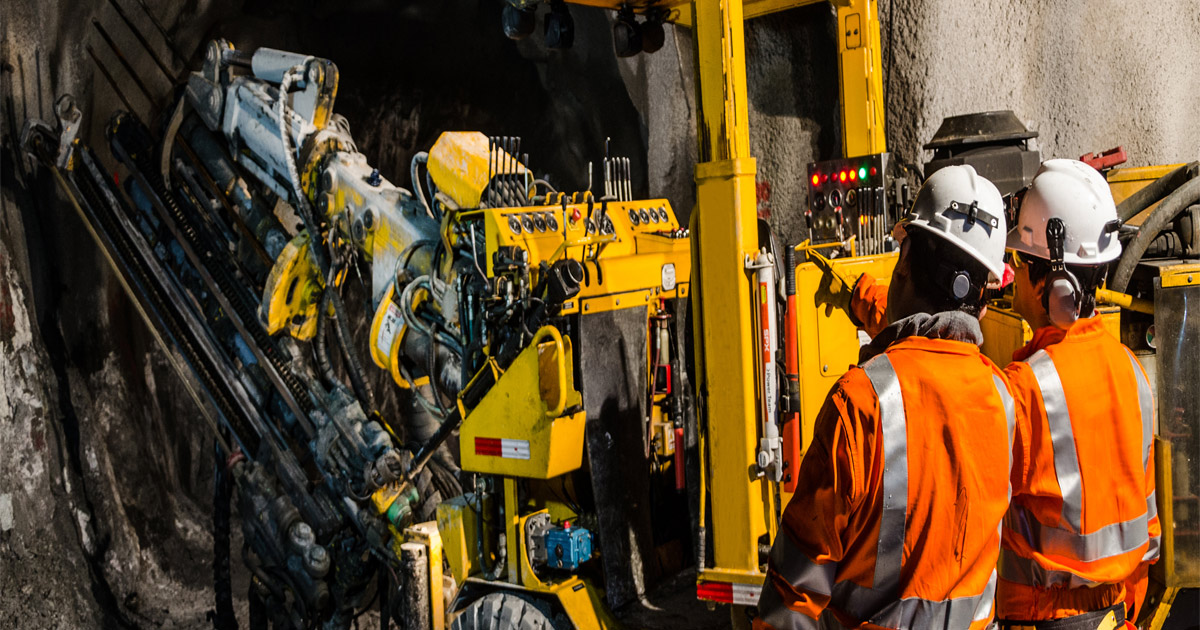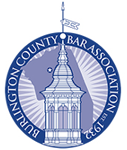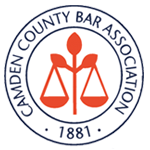December 6 is National Miners Day. Congress declared this a national holiday in 2009 to recognize how miners contribute to the U.S. economy and quality of life. Mined materials are in hundreds of products the world uses every day, from roads and home goods to cars and computers. Among the mineral and metal products the U.S. produces, uses, and exports are stone, sand, gravel, coal, iron ore, zinc, copper, steel, silver, granite, and salt. The U.S. has more than 13,000 underground and surface mines, according to The National Institute for Occupational Safety and Health (NIOSH).
Mining generates substantial economic and employment opportunities. The Mine Safety and Health Administration (MSHA) reports that in 2017, U.S. mining generated more than 1.5 million jobs. It is only fitting that there is a day to pay tribute to miners, particularly because they have one of the world’s most dangerous jobs. Acknowledging how their hard work makes lives better is a good way to honor their contributions.
What Makes Mining Dangerous?
The sheer nature of the job brings inherent risks. Whether mining deep into the ground or on top of a mountain, miners face risks to their health and lives every time they put on their helmets. The U.S. Department of Labor reports that 24 miners died in 2019, 11 of whom were coal miners. Each year, 5,000 miners, on average, are injured on the job. Some of the greatest risks to miners include mine collapses, which can cause suffocation; death from gas explosions and poisoning; and entrapment due to roof collapses. Even surface miners have dangerous jobs. Among the risks are landslides and collapses, equipment malfunctions, and rock explosions. Other common causes of injury include:
- Exposure to toxic chemicals in coal dust. Black lung disease occurs after many years of exposure to coal dust. In fact, more than 1,000 miners die each year from complications of black lung disease.
- Explosions. Methane and coal dust explosions caused some of the largest mining disasters in history. Methane is a highly explosive gas trapped within coal layers. Improperly used or malfunctioning mining tools or explosives can trigger methane explosions.
- Blast-related accidents. Blasting is the use of explosives to break up rocks and is a leading cause of injury and death among miners due to:
- Flying rock
- Explosive fumes poisoning
- Premature blasts
- Misfires
- Mine-induced seismic activity. In both underground and surface mining, the use of explosives might cause earthquake-like events that trap miners. The dramatic 2010 mine collapse in Chile that trapped 33 miners for months was triggered by seismic activity.
- Landslides. Heavy rains can trigger landslides or mudslides that can trap miners underground or bury them above ground.
- Faulty equipment. Poor illumination at the worksite, faulty electrical systems, and malfunctioning machinery are big threats to miner safety and health.
- Toxic chemicals. Chemicals used in the course of the job can affect miner health if not used with caution and preventive measures.
- Noise. Drills, blasts, and heavy machinery cause a lot of noise, leading to hearing problems and other difficulties.
- Whole-body vibration (WBV). This common cause of injury results from miners using machinery while sitting or standing, causing injury from prolonged vibration.
- UV ray exposure. Miners who work in open pits are prone to health problems caused by UV rays, including skin cancer and sight problems.
- Heat stress. Some mines are hot and humid, increasing the risk of dehydration, heat stroke, and fatigue.
What are Common Health Problems in Miners?
The MSHA reports that miners have higher respiratory illness rates than the general population, and mining has a higher occurrence of hearing loss than any other industry. Also, nearly one-third of all nonfatal occupational illnesses and injuries reported to MSHA are related to musculoskeletal problems. Common health problems include:
- Black lung disease from prolonged inhalation of coal dust.
- Respiratory illnesses, including Chronic Obstructive Pulmonary Disease (COPD), lung disease, asbestosis, asthma, and other diseases and disorders caused by toxic agents.
- Tinnitus or deafness from noise associated with mining.
- Chemical burns, poisoning, breathing problems, and skin disorders related to toxic chemicals.
- Skin cancer and eye disorders from harmful UV rays at open mine worksites.
- Musculoskeletal disorders affecting bones, muscles, blood vessels, and nerves from falls, heavy lifting, and ongoing repetitive strains.
- Whole-body vibration disorders, including musculoskeletal problems, reproductive damage in females, vision impairment, and digestive or cardiovascular problems.
- Brain injury, paralysis, spinal cord injuries, and damage to limbs and organs from mine/roof collapses, landslides, blasting-related injuries, and explosions.
Can a Miner Sue for Damages Caused by a Mining Accident?
A miner that sustained injuries or health problems because of a mining accident or exposure to toxic elements can sue for damages. The family of a loved one killed as a result of mining work can also file a claim on behalf of the miner. In many cases, the employer is liable for accidents or illnesses related to the miner’s job and workplace. Employers are responsible for providing safe workplaces, adequate training, tested and maintained work tools and equipment, personal protection, and processes that help ensure worker safety and health.
Sometimes faulty equipment and machinery used on the job can cause serious illness or even death. In these cases, fault could lie with the manufacturer or other third parties. Every case is different, and it is worth contacting a workers’ compensation lawyer for more information.
Does Workers’ Compensation Cover Mining Accidents?
Workers’ compensation, if approved, will cover only the most basic costs. In most cases, damages are much more than what workers’ compensation is generally willing to pay. Miners injured on the job can recover costs for medical bills, including current and future care, hospital stays, home care, therapy, medicine, and equipment related to care and recovery. Miners can also recover any lost wages, including future lost wages, if temporarily or permanently unable to work. A workers’ compensation lawyer can provide more information on how certain benefits are determined.
Will Insurance Companies Offer a Settlement in Mining Accidents?
Some insurance companies will try to settle with an injured worker or the family of a killed worker, but in most cases, their offers are low and do not fully compensate the victim for their sustained damages. A workers’ compensation lawyer can help a victim or a victim’s family understand if a proposed settlement is fair and adequate.
South Jersey Workers’ Compensation Lawyers at Pietras Saracino Smith & Meeks, LLP Advocate for Injured Miners
Mining is a dangerous job that can cause injury, illness, or even death. Miners deserve to be compensated for their damages. If you were injured in a mining accident, contact the South Jersey workers’ compensation lawyersat Pietras Saracino Smith & Meeks, LLP today. For a free consultation, call us at 856-761-3773 or contact us online. From our office in Cherry Hill, New Jersey, we represent injured workers throughout South Jersey, including Camden, Cinnaminson, Delran, Maple Shade, and Pennsauken.













